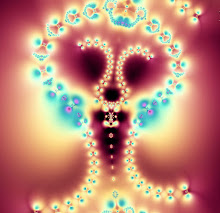Byblis (/ˈbɪblɪs/ BIB-liss) is a small genus of carnivorous plants, sometimes termed the rainbow plants for the attractive appearance of their mucilage-covered leaves in bright sunshine. Native to western Australia, it is the only genus in the family Byblidaceae. The first species in the genus was described by the English botanist Richard Anthony Salisbury in 1808. Eight species are now recognized (see below).
Byblis species look very similar to Drosera and Drosophyllum, but are distinguished by their zygomorphic flowers, with five curved stamens off to one side of the pistil. These genera are in fact not closely related; modern classifications place Byblis in the Lamiales, while the sundews and Drosophyllum are now placed in the Caryophyllales.
Flowers
Flowers in this genus are born singly at the end of unbranching, leaf-like inflorescences which emerge from the leaf axes. The five-petaled flowers are generally purple to pale violet, though B. gigantea und B. filifolia can sometimes produce white flowers. Except for the self-fertile B. liniflora, all species require pollen from other individuals for fertilization. The pollen release of B. gigantea and B. lamellata is only triggered by the resonance frequency of the wings of a landing pollinator, helping ensure cross-pollination with other individuals. The flowers of Byblis start to bloom in early spring and last until late summer.









0 Comments:
Post a Comment